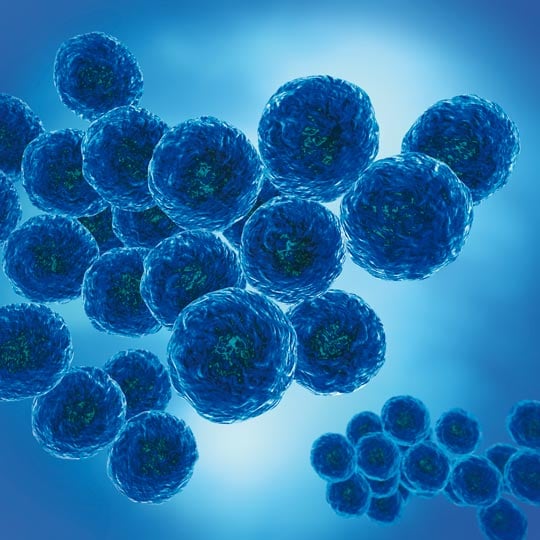Knowledge Portal
HARTMANN SCIENCE CENTER

Visit our designated HARTMANN SCIENCE CENTER to get scientific information relevant around our products.
Learn more
Staphylococcus epidermidis is an aerobic, spherical, Gram-positive bacterium in the Staphylococcaceae family.
In immunocompromised hospitalised patients, the bacterium may trigger catheter-associated sepsis and endocarditis respectively.
Staphylococcus epidermidis are extensively resistant to antibiotics, particularly to penicillin and methicillin (MRSE = Methicillin-resistant Staphylococcus epidermidis).
The main transmission path is direct or indirect contact with contaminated persons or objects.
» Necessary spectrum of antimicrobial activity
Bactericidal
